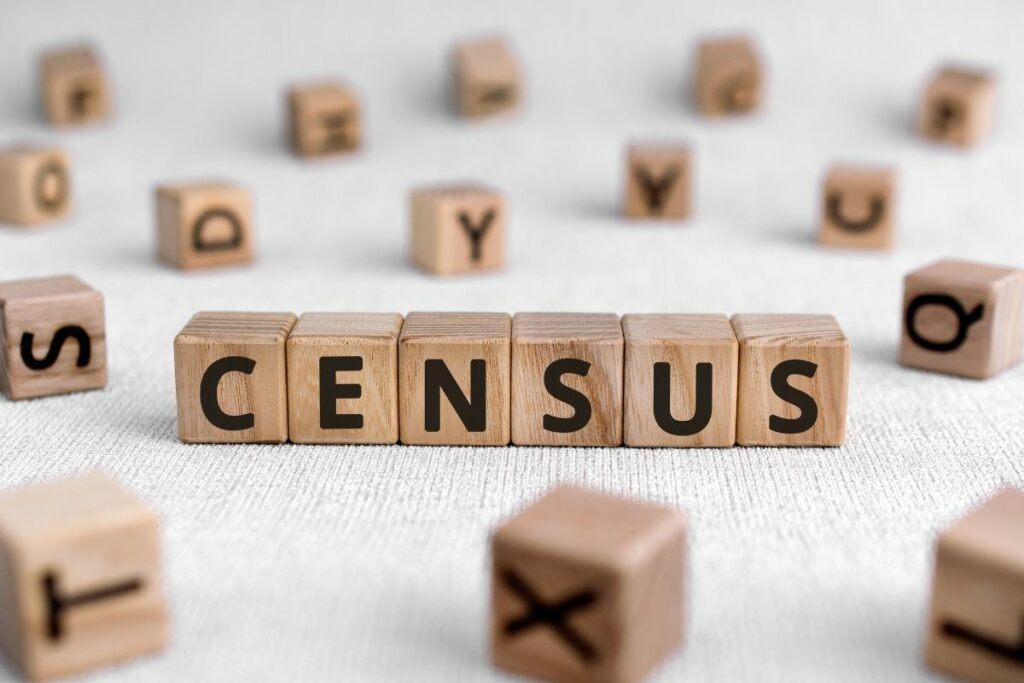Whether or not the census and other surveys that measure changes in the U.S. population should be changed is an important question.
Because of data released by the U.S. Census Bureau this month, policymakers and demographers have been wondering why so many people of colour were not counted in the 2020 census. It also had to throw out the results from a version of its most comprehensive survey that looked at how things changed in the United States over time because of the pandemic.
This way of getting everyone’s address and then mailing them an invitation is outdated. If they don’t respond, you’re going to try to find them and get them to come. ” “Arturo Vargas, CEO of the NALEO Educational Fund, a nonpartisan group that helps Latinos get involved in politics, said that.
As a result of a pandemic, natural disasters, and political interference from the Trump administration, the 2020 census had a low number of people who were counted. This isn’t the first time this has happened; it has been going on for years.
In the last few years, the cost of censuses and surveys has gone up, but the number of people who take surveys has gone down. During between-census interviews with 3.5 million households each year, the American Community Survey collects 11 billion statistics. The once-a-decade census tallies every US resident for a count used to divide federal funds and congressional seats among states and redistribute political districts, as well as to make changes to political boundaries.
When Ron Jarmin was acting director of the Census Bureau, he said that “what we have now is mostly a 20th-century, survey-based statistical system.” This is what he said. There were a lot of people who were not counted in the 2020 Census because they were black, Hispanic, or Native American.
There were new ways to get data even before the Census Bureau released the 2020 report card this month. Most important is the Frames Program, which is still in its infancy. It would combine all kinds of data, including administrative records from the private sector and government agencies, as well as surveys and censuses that have been used by the Census Bureau for years.
As part of the concept, one data set, like an individual’s IRS file, would be linked to another, like the individual’s Census Bureau survey answer. People’s addresses, demographics, businesses, and jobs will one day all be linked together.
Census Bureau Director Robert Santos told the AP that in 2030, when the next census takes place, the programme could help count people who have good administrative records or links to other records, and more resources could be used to help households that are hard to count.
To use existing technology, we need to merge large databases on people, but not to build a “Big Brother society,” says Santos. “We want to supplement and lessen the burden on our people when it comes time to collect data,” says Santos, who was appointed by President Joe Biden.
As a result, some groups, such as people who are in the country illegally, may not have a lot of paper trail.
Read More –
- Sen. Whitehouse Missed The Deadline To Reveal His Target And Tesla Stock Purchases.
- Will The War In Ukraine Alter The Political Landscape In The United States?
A high number of political appointees were chosen to work at the Census Bureau. The Trump administration also tried to use administrative records to figure out how many people were in the country illegally and remove them from the count used to allocate congressional seats. Any changes to the way the count is done will have to be guarded against the same kind of political manipulation of the count, says Paul Ong, a professor emeritus of urban studies at UCLA.
This is what Ong said: “The 2020 enumeration was a wake-up call.” “The Census Bureau plays a very important and important role in our society.” It is the place where we keep our demographic truths.
On the surface, Terri Ann Lowenthal, who worked for Congress for many years and is an expert on census issues, doesn’t think that more reliance on administrative records at the expense of public participation will make the U.S. less interesting to everyone.
“No matter if you live in a millionaire’s mansion or in a tent under a bridge, the census is interested in you.”
The Census Bureau has been at the forefront of new ways to collect and process data, from punch cards and electronic tabulators at the end of the 19th century to the first modern computer set up by a civilian government agency for the 1950 census, which was the first time a civilian government agency used a computer. For the 2020 census, the government tried a lot of new things.
The 2020 census was the first to use administrative records from places like the Social Security Administration to fill in data gaps for people who didn’t answer the census questionnaire. Bureau statisticians are also combining other data with census data for the first time to make yearly population estimates, which they do for the first time now.
If Congress lets the Census Bureau use the statistical method that adjusts the population count to make up for undercounts, it could improve the accuracy of the communities that were not counted. For more than two decades, that statistical tool has been banned from being used in the count used to divide congressional seats between the states.
Read More –
- New York’s Bail Reform Rules May Be Revised In The State Budget.
- Russians Are Using Virtual Private Networks To Get Around The Country’s Social Media Restrictions.
It’s also important to reach out to communities that aren’t getting the attention they deserve, says Allison Plyer, the chief demographer of The Data Center in New Orleans.
Ex-scientific adviser Plyer says there won’t be a “silver bullet.” These things need to work together.”

